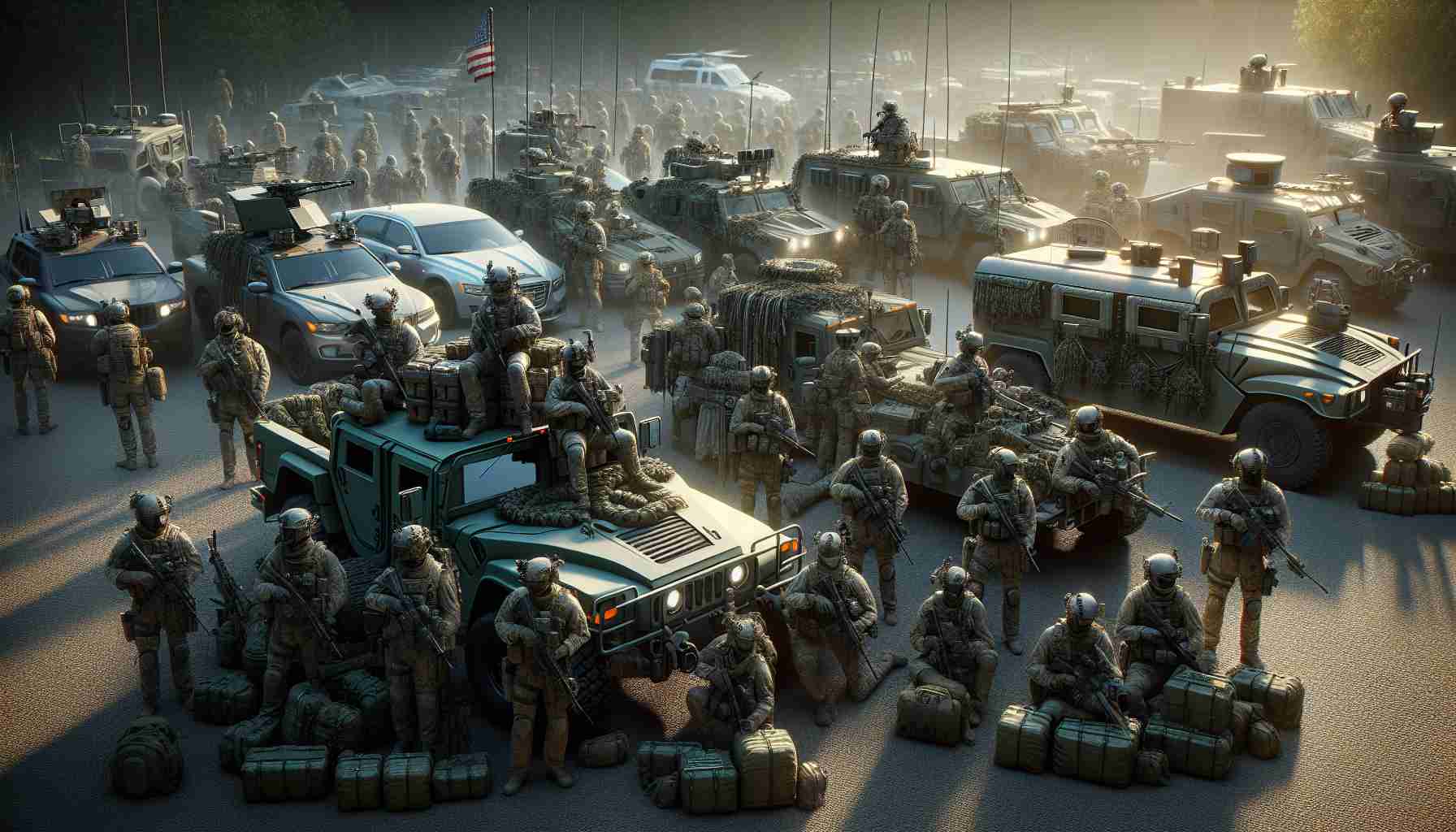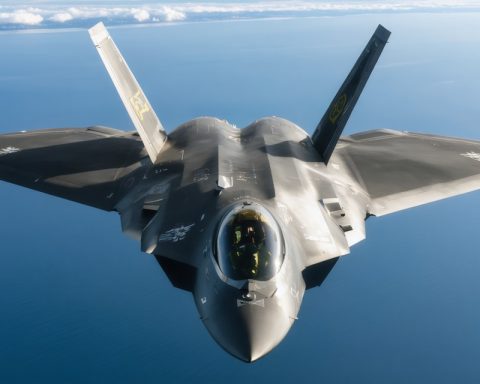Recent Developments in the Conflict
In a dynamic week on the battleground, Russian forces are making steady advances in the Kurakhove area. The residential neighborhood of Yuzhny has reportedly fallen into Russian hands, with intense fighting ongoing in other parts of the city. Reliable sources have indicated that a contingent of Ukrainian troops south of Kurakhove has been eradicated, evidenced by Russian flags emerging in nearby locales.
Tensions further escalate in Pokrovsk, where Russian forces have taken Shevchenko, south of the city, and are actively sending infiltration teams. Although Ukraine has thwarted these initial efforts, the threat remains imminent. Analysts suggest Russia’s success stems from employing reconnaissance teams to expose vulnerabilities, quickly followed by concentrated attacks, aided by cutting-edge drone and bomb technology.
Strange Reports: North Korean Involvement?
In an unexpected twist, Russian sources say North Korean special forces have operated in Russia’s Kursk Region, although this claim is widely considered a hoax. Conflicting reports abound regarding control of several regions, with no solid evidence verifying these claims.
Ukrainian Resistance and Retaliation
Ukraine counters with strategic strikes on Russian installations, allegedly using advanced missiles. Meanwhile, a Ukrainian-led assault cleared portions of Velyka Novosilka and posed new challenges to the Russian foothold.
Throughout November, there was a notable 20% decline in Russian bombings, parallel to improved Ukrainian air defense systems intercepting a significant number of Russian missiles and drones. Despite this, massive attacks on Ukraine’s energy infrastructure persist, leaving significant damage and casualties in their wake.
Will the Russian-Ukraine Conflict Witness Groundbreaking Innovations?
Overview of Recent Developments in the Russian-Ukraine Conflict
The conflict between Russia and Ukraine continues to evolve with significant developments both on and off the battlefield. Recent trends indicate new military and technological innovations playing pivotal roles in shaping the ongoing hostilities.
Innovations and Military Technology
Russia’s recent success in the Kurakhove region has been partly attributed to its use of cutting-edge reconnaissance and drone technology. These technologies reveal vulnerabilities in enemy defenses, allowing for precise and concentrated attacks. The advancements in drone and bomb technology are set to transform traditional combat strategies, offering real-time data and precision targeting.
Ukrainian Resistance and Innovations
Despite Russia’s advances, Ukraine has not been passive. Ukrainian forces are using advanced missile technology to strike Russian installations strategically. The use of these missiles highlights Ukraine’s ability to innovate and adapt in the face of aggression. Furthermore, Ukraine’s air defense systems have seen a significant improvement, indicating a robust response to aerial threats. These advancements have led to a 20% decline in Russian bombings through November, suggesting an increasing efficiency in intercepting Russian missiles and drones.
The Role of Defense Systems
The remarkable improvements in Ukrainian air defense systems have effectively reduced the impact of Russian air strikes. This advancement showcases the strategic focus on enhancing defensive capabilities amid ongoing threats to infrastructure and civilian areas. However, the persistent attacks on Ukraine’s energy infrastructure underline the continuing challenges and urgent need for more resilient defense and recovery strategies.
Market Analysis and Future Trends
The conflict underscores a broader trend of military reliance on technological innovations. With drone technology, precision weaponry, and advanced reconnaissance becoming more prevalent, countries engaged in modern warfare are increasingly focused on upgrading their arsenals with high-tech solutions.
Security and Sustainability Concerns
With the rapid deployment of advanced military technologies, there are growing concerns regarding cybersecurity, as these systems become potential targets for hackers. Additionally, the long-term sustainability of such military engagements, given their high costs and resource demands, presents a significant challenge.
Predictions and Market Insights
Experts predict a continued emphasis on technological superiority in military conflicts, leading to an arms race focused on innovation in drones, precision-guided missiles, and enhanced cyber capabilities. The evolving tactics and technologies will likely influence defense budgets and procurement strategies globally.
Further Exploration
For more insights into military innovations and their impact on global conflicts, visit the U.S. Department of Defense website for updates and analyses from one of the leading authorities in global military strategy.











